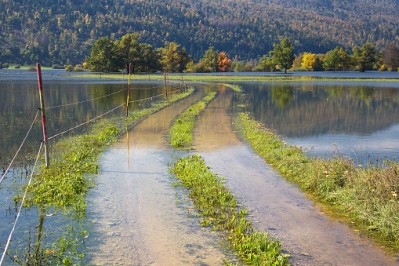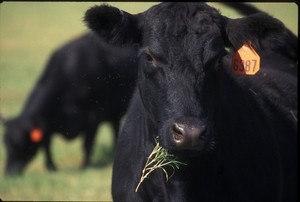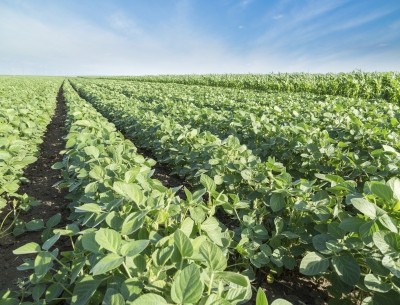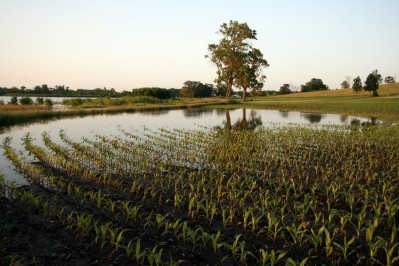USDA report: warm, wet Decembers lengthen pasture use in several states
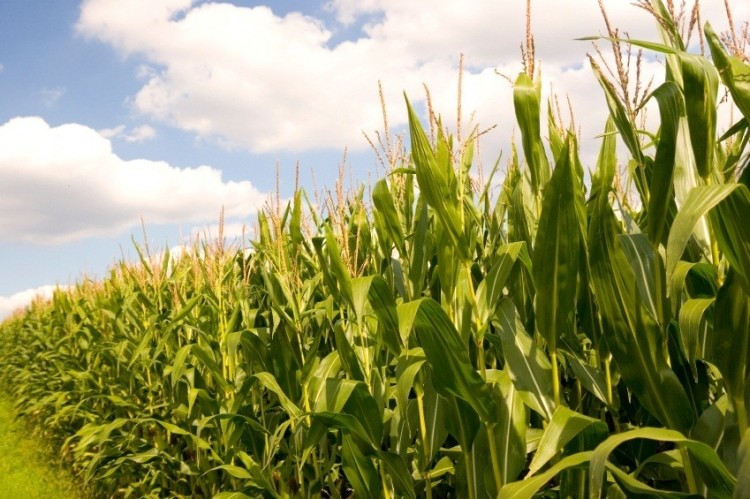
The crop progress report series issued from December through March offers summaries of the crop production and weather at state level, said USDA officials in the report.
The report looks at the expected influence of winter weather on feed crops and livestock along with moisture levels, temperatures and the conditions of crops either still in production or ending seasons, they said. It also addresses effects from insects and diseases on crops and livestock.
“The mission of USDA-NASS is to provide timely, accurate, and useful statistics in service to American agriculture,” said Tony Dahlman, agricultural statistician. “Users are interested in timely and accurate estimates of commodity progress and condition within their local areas and the Nation as a whole.”
Reports act as another way to provide timely information, he told us.
State details
Several states in the south eastern part of the US are seeing warm and wet conditions, which continue to produce pasture and forage, said officials.
In Alabama, heavy rains toward the end of December did little harm to the soybean crop, but may have caused some erosion, they said. However, the winter wheat crop does not appear to have been damaged.
Georgia saw more flooding with delayed harvest, reduced yield and crop loss for soybeans in some areas, they said. Winter crops are recovering, but there were concerns about erosion and soil deposits.
“The combination of warm, very wet weather created a wide range of hay and grain conditions, from excellent to completely flooded,” they added.
Florida has seen plantings for feed grains and winter forage, but continued precipitation has limited field work in the Panhandle, said officials. While cattle conditions are good across the state, the seasonal reduction to pasture has started and some cattle producers have gone to a fed hay and concentrate diet.
In the Northeast, many states are reporting warm temperatures, with some areas complaining about a lack of protective snow cover as temperatures range up to 20 degrees above past years, they said.
States including Delaware and Maryland are having higher temperatures and are seeing continued pasture and forage growth, they said.
Kentucky saw above normal temperatures and rainfall in December, they said. Corn and soybean harvests are almost completed, but a freeze is needed in some parts of the state before work can be finished.
“Most producers feel hay supplies are adequate, however quality may be an issue in some areas due to weather conditions experienced throughout the year,” they said.
Several Midwestern states including Illinois, Iowa and Indiana have seen warmer weather, good levels of soil moisture and good winter wheat conditions, said officials. “Livestock is reported to be in good condition with some still able to graze in still-green pastures,” officials said of Indiana.
Kansas has seen some areas start to supplement their feed, but livestock are mostly still grazing crop residue, they said. Soil moisture is mostly adequate and hay and roughage supplies are at good levels.
New Mexico and Texas saw damage to cattle and dairy herds from winter storm Goliath, they said. But, row crops were completely harvested, and winter wheat conditions are considered fair to excellent.
Oklahoma has seen increased moisture in the form of freezing rain, tornadoes and flooding, they said. But the state is drought free and pasture and range conditions are considered predominately good.
Colorado is seeing good pasture and mostly adequate or better levels of topsoil and subsoil moisture, they said.
Idaho reported good hay stocks, but flooding in some parts of the state, they said. “Some areas reported ranchers feeding the cattle more than normal and starting earlier due to the bitter cold,” they added.
However, Montana is seeing different conditions with more cattle on feed at this point in the year than at the same point last year, they said. “Reporters are noting that even in areas where pastures aren't under snow cover that livestock producers are having to feed due to a lack of grass leftover from summer,” they added.
Washington also is getting more precipitation than usual, but seeing colder temperatures, they said. Many producers have moved animals to feed from pasture because of saturated soil.
California has seen temperatures drop in some areas and little melting of the snowpack, said officials. Grain forage is continuing, though the alfalfa production in Fresno County has ended as the crop went dormant.
“In San Luis Obispo County, cattle were still being supplemented,” they said. “In Fresno County, conditions in permanent pastures have improved but rains have caused problems for dairies in their corrals hindering the clean-up of corrals.”
